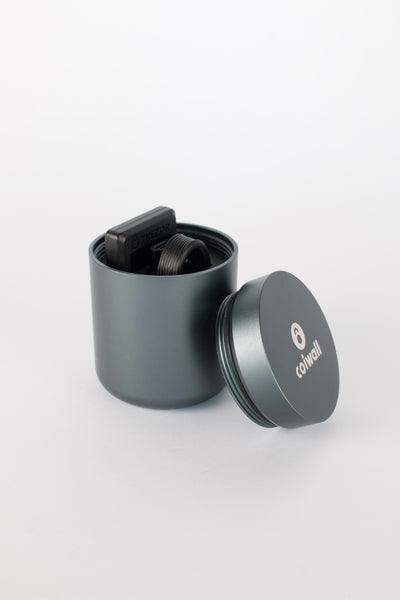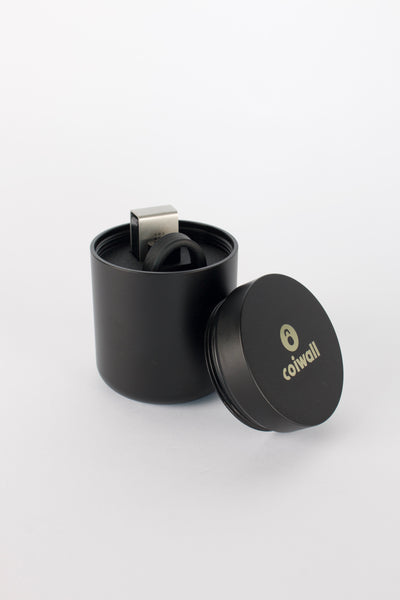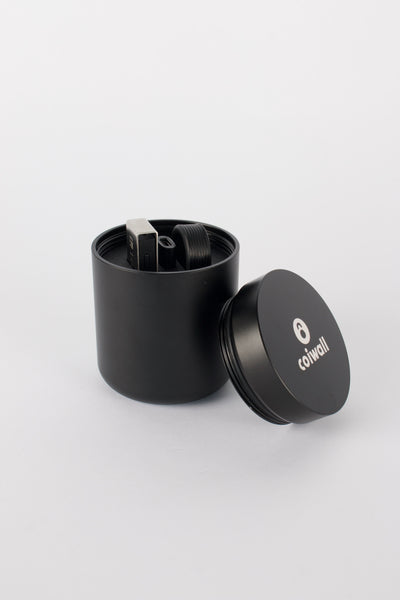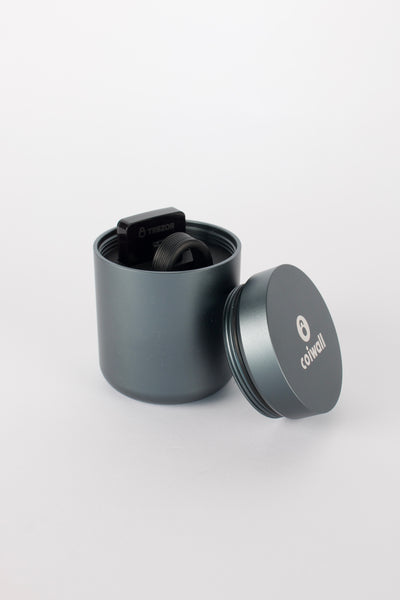Ever wondered why almost every crypto website shouts numbers like 'Bitcoin market cap' or 'Ethereum leaps ahead in market capitalization!' in massive, bold fonts? There's a reason for the obsession. Market capitalization—or market cap, as the cool kids say—isn't just jargon among traders: It's the number that tells you the total value of a cryptocurrency. But there's more depth here than simply stacking coins and multiplying by price. Let’s wander through the world of market cap, with a few pit stops for stories, playful subheadings, and real-world analogies that anyone, from the crypto curious to die-hard traders, can appreciate.
What Even Is Market Capitalization, Anyway?
At its core, market capitalization is about answering a straightforward question: What is the entire pie worth if you bought every single piece? For cryptocurrencies, it’s current price times number of coins in circulation. Simple, right?
So if Bitcoin is currently trading at $50,000 and there are 19 million bitcoins out there for public snatching, that’s a whopping $950 billion in market cap. If Ethereum is at $3,000 a coin with roughly 120 million swaying in the crypto winds, now you’re looking at a $360 billion market cap. Multiply. Compare. Rinse and repeat.
Sounds Like Stock Markets, Doesn’t It?
You bet. The concept comes straight from traditional finance, where companies are valued in a pretty similar way: number of shares times their current price. Investors have used this for ages to categorize companies—think small-cap, mid-cap, and large-cap. Crypto, though a wild ride of its own, borrows the same sizing logic. It just swaps shares for coins and Wall Street for blockchain.
Why Does This Mysterious Number Matter?
Here’s the thing: Market cap isn’t just a number for spreadsheets. It’s your first clue about a coin’s heft and influence. A massive cap, like Bitcoin’s or Ethereum’s, signals not just value, but trust, buzz, and the battle scars of surviving countless cycles (crashes included). It’s like comparing a seasoned marathon runner with someone jogging their first mile.
For many, this stat is the North Star guiding them through the swirling sea of crypto options. Big cap coins usually have more liquidity, more user adoption, and, well, fewer existential risks. Smaller cap coins might sound exciting (and some do shoot to the moon), but they’re also dancing closer to the cliff edge. This is pure gold for risk-takers and moonshot hunters but can be nerve-wracking for folks who just want some sleep at night.
Not All Caps Protect Equally
Let’s pause here. Just because a coin’s market cap is high doesn’t mean it’s immune to sharp drops. Scandals, forks, hacks—crypto is like a soap opera with real money and real drama. Remember, even established hardware wallet firms like Trezor and Ledger have had to battle through industry storms to keep user trust rock solid. (By the way, if you’re storing large-value coins, those wallets are worth a look—the digital version of a buried treasure chest, if you ask me.)
Market Cap, Supply, and the Sneaky Supply Trap
Here’s a juicy detail: Market cap focuses on the current supply. Not on how many coins could ever exist (this is called 'max supply'), but on what’s out there, circulating, and up for grabs. That’s important because some cryptos, like certain meme coins, might have a gigantic possible supply but only a tiny bit actually in circulation. A clever developer could create a billion tokens, but if only ten are actually out there being traded, market cap won’t tell the whole story. Don’t let the math trick you—context is everything.
So, High Market Cap = Safe Bet?
Not necessarily. It’s a guiding star, sure, but you wouldn't buy a car just by checking the sticker price, right? You’d check under the hood, poke around for rust, and maybe chat with a few mechanics. High market cap projects usually offer stability and community support, but due diligence is still your best friend. Check for active development, real-world utility, and, of course, whether you trust the folks behind the scenes. (And yeah, maybe throw a hardware wallet in the mix—never hurts to keep what’s yours safe.)
The Emotional Rollercoaster of Market Cap Rankings
Let’s be honest: Watching coins jump up or down the rankings can feel a bit like sports fans watching their favorite team climb or fall in the league tables. Traders place bets, cheer, panic, and sometimes even argue with strangers on Twitter about why their preferred coin should be number one. Everyone loves a good underdog story too. Don’t pretend you haven’t felt a surge of joy watching a lesser-known altcoin blast its way past the giants. There’s something irresistible about rooting for the little guy.
Pitfalls and Pleasant Surprises
But here’s a word of warning. Sometimes, a sudden spike isn’t because of real demand, but because of quirky tokenomics or sneaky moves by whales (the crypto kind, not the ocean kind). It pays—literally—to know which coins have staying power and which look good just for the day.
- Liquidity: High market cap coins generally mean you can buy or sell without causing price chaos. With low cap coins, watch out—your trade could move the market.
- Supply spikes: Developers can sometimes release more coins into circulation, suddenly shifting the market cap (and maybe the price, too).
- Speculation city: Sometimes, a coin’s price rockets thanks to hype or memes. Just ask Dogecoin fans about that wild ride.
More Than a Number: Market Cap’s Place in Your Journey
You know what? The magic of market capitalization is that it gives everyone—from experienced traders using cool tools like TradingView or hardware wallets like Ledger, to newcomers just trying out their first crypto swap—a common language. It’s not perfect, and it can’t tell you everything, but it’s a solid launchpad for smarter decisions.
Whether you’re in it for the technology, the thrill, or just because your friends won’t stop talking about it, market cap’s role is hard to ignore. Just stay curious, poke around, and remember: Each number has a story behind it. The next time a coin surges onto the front page, maybe you’ll see past the number—and spot the tale rumbling underneath.











